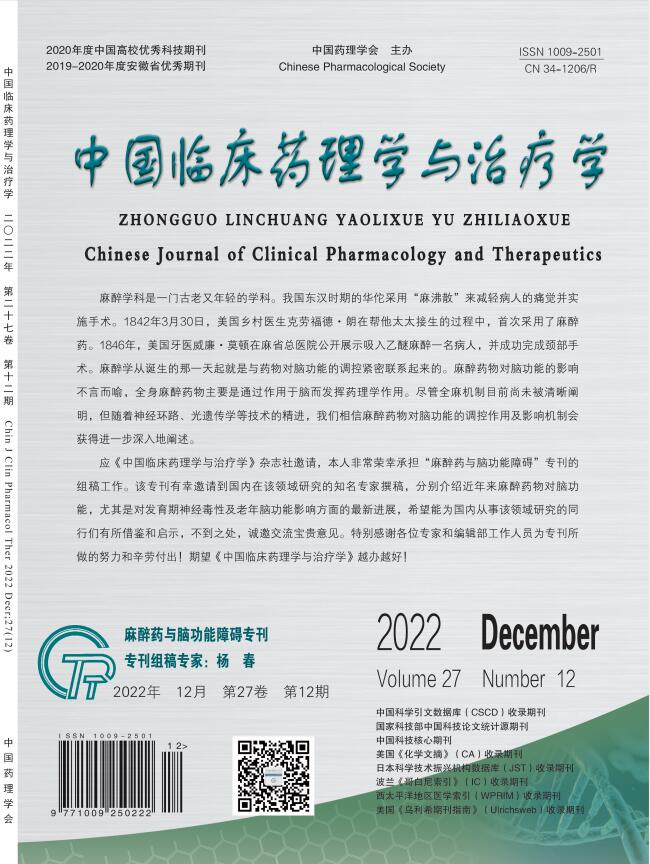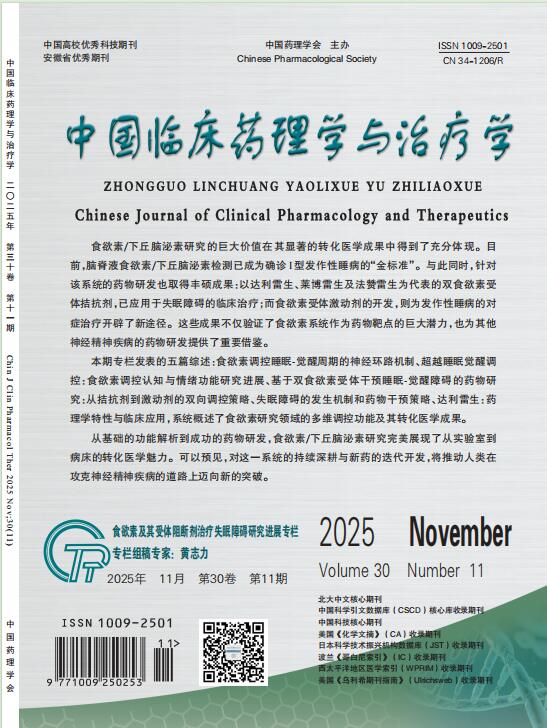AIM: To evaluation the effects of esketamine and butorphanol on postoperative pruritus induced by epidural morphine injection in cesarean delivery parturients. METHODS: A total of 162 parturients who underwent elective cesarean section under continuous epidural anesthesia in Taizhou Central Hospital (Taizhou University Hospital), were selected and randomly divided into esketamine group (group K), butorphanol group (group B) and blank control group (group C). 5min after umbilicus amputation, parturients in group K was injected with 3 mg morphine diluent through epidural catheter, and esketamine 0.2 mg/kg intravenously. Parturients in groups B and C were given the same dose of morphine,and butorphanol 10 μg/kg or the same volume of normal saline, respectively. The incidence of postoperative pruritus at different times, the degree of pruritus and incidence of other adverse reactions were compared among three groups. RESULTS: The highest incidence of pruritus occurred within 4 hours after operation. The incidence of postoperative pruritus at 4 hours in group K and B was significantly lower than that in group C (3.7% vs. 3.7% vs. 29.6%, P<0.05), the total incidence of postoperative pruritus within 48 hours was also significantly lower than that in group C (13.0% vs. 11.1% vs. 40.7%, P<0.05), and the incidence of moderate to severe pruritus was also significantly lower than that of group C (5.6% vs. 3.7% vs. 31.5%, P<0.05). There was no significant difference between group K and group B (all P>0.05). There were no significant differences in the incidence of postoperative nausea, vomiting, dizziness and postoperative pain scores among three groups (P>0.05). CONCLUSION: Both esketamine and butorphanol can reduce the incidence and degree of pruritus caused by epidural morphine injection in parturients, without affecting the analgesic effect of morphine and without increasing the incidence of adverse reactions. Esketamine is as effective and safe as butorphanol in preventing pruritus after cesarean section.


